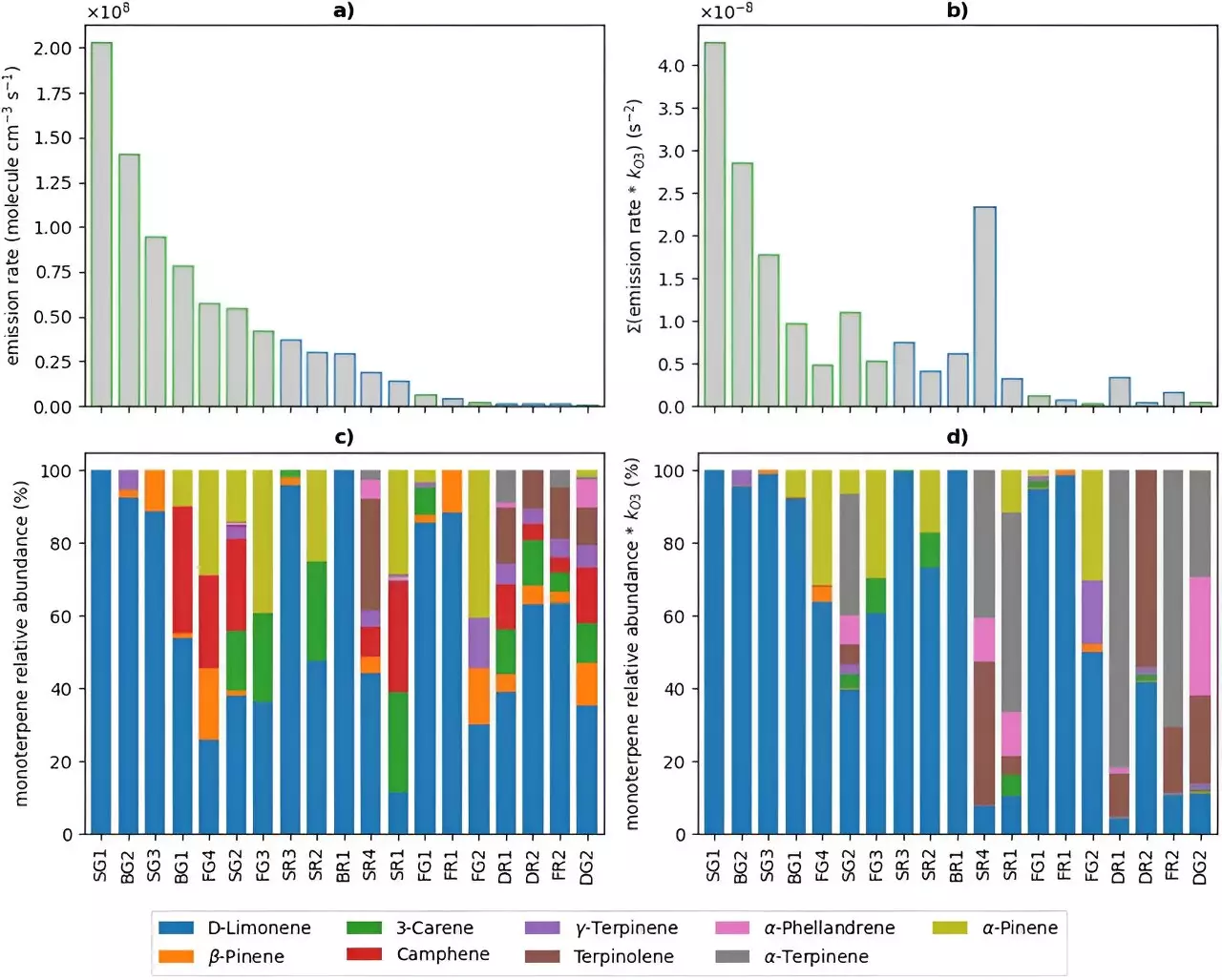

New research has revealed a startling truth about cleaning products labeled as “green” – they emit just as many harmful chemicals as regular products. This calls into question the assumption that these products are better for our health and the environment. The study, published in the journal Environmental Science: Processes & Impact, highlights the need for better regulation and consumer guidance when it comes to the safety of cleaning products.
The research found that fragranced cleaning products can be potentially harmful to the air quality in our homes. These products emit a wide range of volatile organic compounds (VOCs), some of which are hazardous or can generate harmful secondary pollutants. In fact, the study found that green cleaners generally emitted more monoterpenes than regular cleaners, increasing concentrations of harmful secondary pollutants like formaldehyde and peroxyacyl nitrates.
One of the key findings of the study is that the fragrance ingredients in these products are the main source of volatile monoterpenes. As the levels of these pollutants increase in our homes, susceptible individuals may develop breathing problems or experience irritation of the eyes, nose, throat, or skin. In some cases, repeated exposure to high concentrations of formaldehyde, a byproduct of these fragrances, may even lead to cancer.
The study also highlights the issue of misleading marketing. Many consumers assume that “green” cleaners are safer and better for indoor air quality. However, the research found very little difference between the VOC composition of regular and green cleaners. This means that consumers may be unknowingly damaging the air quality in their homes and potentially putting their health at risk.
The research emphasizes the need for manufacturers to provide clearer information about the composition of their cleaning products. Currently, there is a lack of information in the available literature regarding the compositional differences between regular and green cleaners. Consumers deserve to know what ingredients are in the products they are using and how to mitigate any potential harm.
The belief that “green” cleaning products are safer and better for our health and the environment has been shattered by this new research. The study shows that these products emit just as many harmful chemicals as regular cleaners, causing potential harm to indoor air quality and putting our health at risk. It is essential for manufacturers to be more transparent about the ingredients in their products and for regulators to provide better guidance for consumers. Ultimately, we must be critical of the products we use and strive for a truly safe and environmentally friendly cleaning solution.
Foreign direct investment (FDI) in developing nations has long been heralded as a path to…
As spring beckons in April and May, stargazers have the unique opportunity to witness nature's…
Active matter, a term that refers to systems where individual components can consume energy to…
In a groundbreaking development, a research team led by Prof. Chen Changlun at the Hefei…
The inevitability of aging is experienced differently across individuals, influenced by a complex interplay of…
When we delve into the cataclysmic events that led to the destruction of Pompeii almost…
This website uses cookies.